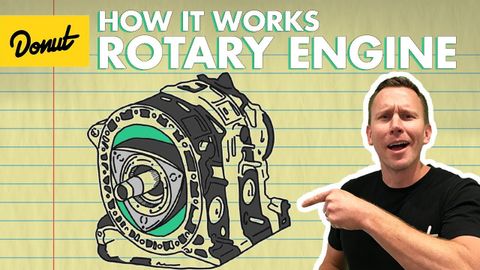
Subtitles & vocabulary
Rotary Engine | How It Works
00
OolongCha posted on 2020/08/25Save
Video vocabulary
engage
US /ɪn'gedʒ/
・
UK /ɪn'ɡeɪdʒ/
- Transitive Verb
- To start to fight with an enemy
- To hire someone for a task or job
A2TOEIC
More force
US /fɔrs, fors/
・
UK /fɔ:s/
- Noun
- Group of persons trained for military action; army
- Pressure; attraction
- Transitive Verb
- To use physical strength or violence to persuade
- To break open (something) using force.
A1
More brilliant
US /ˈbrɪljənt/
・
UK /'brɪlɪənt/
- Adjective
- Having a great amount of intelligence or talent
- Being very bright, like a diamond; shining
- Noun
- A diamond or other gem cut in a particular form with many facets to have exceptional brilliance.
A2
More crap
US /kræp/
・
UK /kræp/
- Noun (Countable/Uncountable)
- Impolite way of saying something is not good; Faeces
A1
More Use Energy
Unlock All Vocabulary
Unlock pronunciation, explanations, and filters
